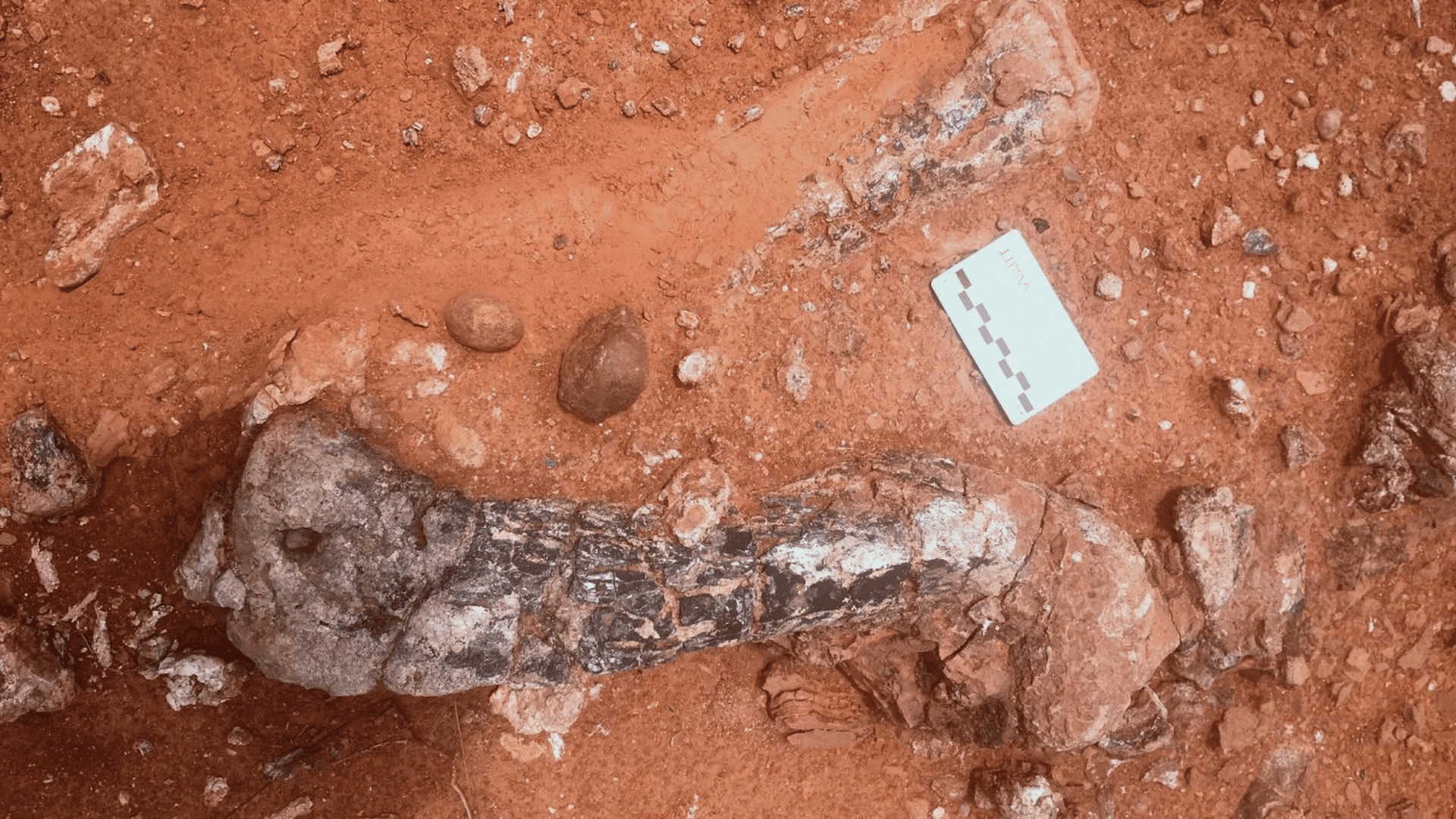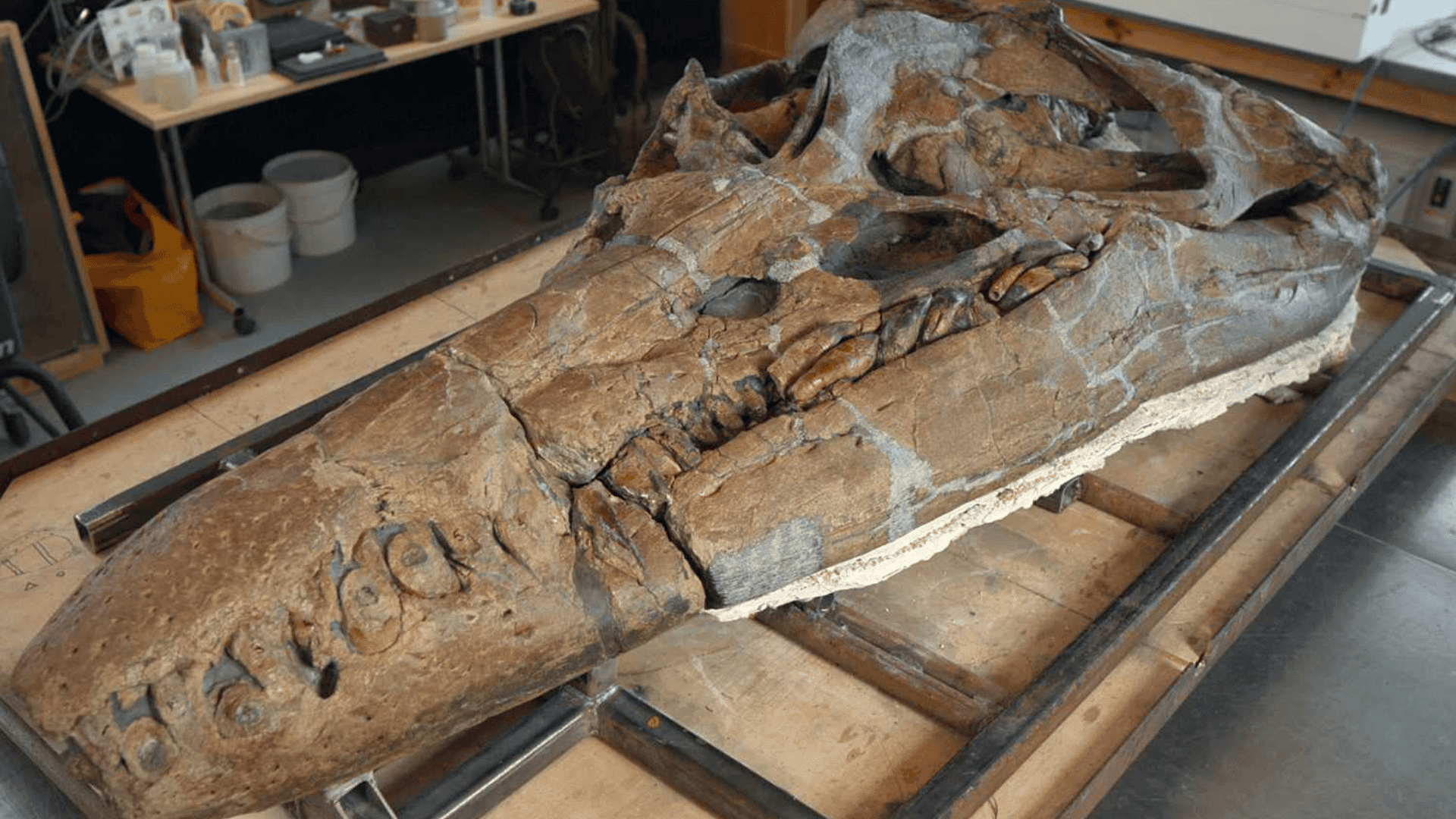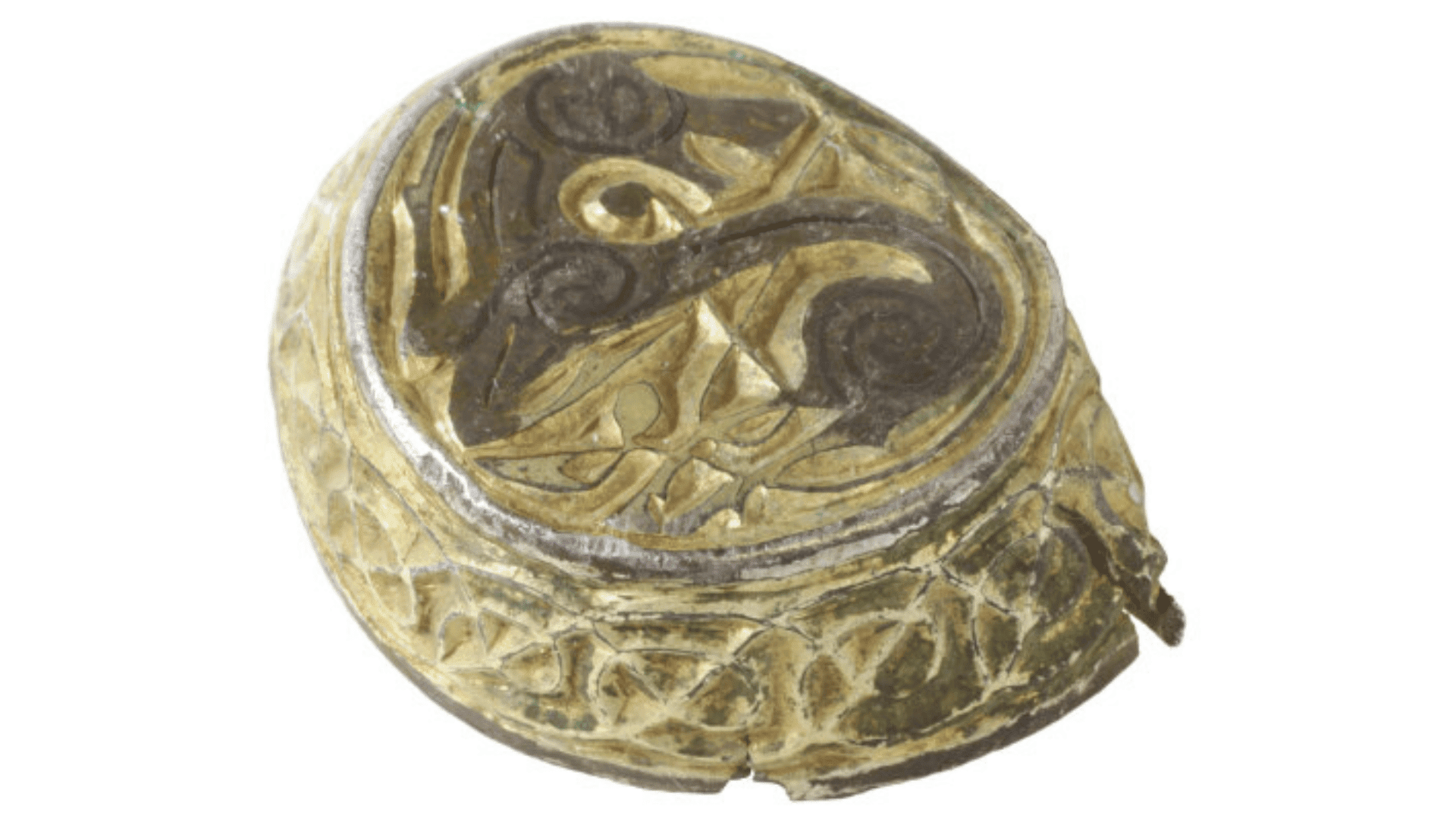An international team of scientists discovered the remains of a new species of dinosaur, Musankwa sanyatiensis, approximately 210 million years old. The species was discovered along the shore of Spurwing Island in Zimbabwe’s Lake Kariba.

The fourth dinosaur species found in the southern African country lived during the Late Triassic period when most of Earth’s major land masses were connected in the supercontinent Pangea.
“This species is pretty old, dating back to the Late Triassic when the dinosaurs were getting larger and starting to dominate ecosystems,” Paul Barrett, a study co-author and paleontologist from London’s Natural History Museum, said. “This is the time when they began to become more diverse and spread around the world, making it an important era to investigate.”
After local safari guides mentioned seeing something intriguing along the lake, paleontologists from Zimbabwe and South Africa worked together with teams from the UK and US to investigate. The team was provided a houseboat called Musankwa as a floating laboratory to aid the expedition, which eventually became part of the dinosaur’s name.
The team discovered a fossilized hind leg belonging to Musankwa sanyatiensis, including its though, shin, and ankle bones. Based on the fossil’s structure, researchers have estimated the dinosaur to be approximately five feet tall at the hips and bipedal–two-legged.
Using estimates based on other sauropodomorphs of a similar size, the team believes the new dinosaur may have weighed approximately 850 pounds, which is roughly the same as a modern horse.
Though Africa has had many dinosaur discoveries, most were found in 10 countries and the Northern Hemisphere. The new species may have belonged to a group of dinosaurs that lived across Africa and South American land masses when they were connected.
Explore Tomorrow's World from your inbox
Get the latest science, technology, and sustainability content delivered to your inbox.
I understand that by providing my email address, I agree to receive emails from Tomorrow's World Today. I understand that I may opt out of receiving such communications at any time.
“There was a hint from our evolutionary trees that it might be linked to Riojasaurus from Argentina and Eucnemesaurus from South Africa,” said Barrett. “It might mean these animals were a widespread, cosmopolitan group of dinosaurs able to move back and forth between what is now South America and southern Africa.”
As more fossil sites in the area are explored, the research team hopes to find more evidence of the early evolution of dinosaurs and the ecosystems where they lived.
“Based on where it sits on the dinosaur family tree, Musanwka sanyantiensis is the first dinosaur of its kind from Zimbabwe,” study co-author and Stony Brook University paleontologist Kimberley Chapelle said in a statement. “It, therefore, highlights the potential of the region for further palaeontological discoveries.”







